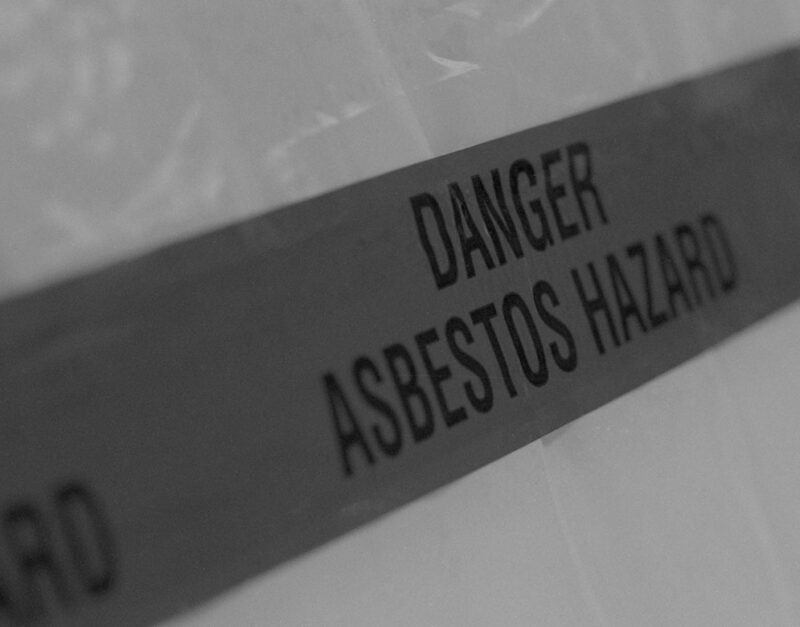 May 29, 2023
May 29, 2023 The numbers are startling: the United States’ 16.5 million veterans make up just 6.4% of the nation’s adult population, yet they account for 30% of all people diagnosed with mesothelioma, a deadly form of cancer caused by exposure to asbestos.
The sobering numbers are the fallout of the U.S. Armed Forces’ widespread and decades-long use of asbestos, which at one point was used by every branch of the military. Exposure to asbestos and other deadly toxins has left millions of veterans with serious health complications that impact their day-to-day lives. An estimated 3.5 million veterans have been exposed to contaminants such as burn pits, toxic fragments and other hazardous materials.
As we honor those who sacrificed their lives while serving their country on Memorial Day, the suffering of the nation’s surviving veterans should also be acknowledged.
How the Military Used Asbestos
Demand for asbestos grew exponentially in the United States in the wake of World War One, with many industries using it for a variety of materials. Known for its strength, flexibility and resistance to heat, asbestos’ properties made it ideal for use by the military. For generations, it has been incorporated in the concrete and steel used to construct military bases and in a variety of commercial and construction products supplied to the military. At one point, asbestos was found in over 3,000 products – everything from paints to planes to paper products contained the toxin.
The International Agency for Research on Cancer (IARC) concluded that asbestos was a carcinogen in 1977, and the U.S. Environmental Protection Agency (EPA) banned all new uses of asbestos in 1989. Despite those findings, there have been no requirements to remove existing asbestos-containing materials. This left military personnel at risk of exposure, especially if they were stationed at older bases or performed certain jobs. Those who served in the Navy also faced a higher risk of exposure as U.S. vessels built prior to 1980 were laden with asbestos, which was used for insulation, pipe coverings, boilers and bulkhead panels, among other things. Asbestos-containing ships are still in service.
Service members’ widespread exposure to asbestos placed them at higher risk for mesothelioma and other asbestos-related diseases.
Toxic Exposure from Burn Pits
Military personnel who spent time near burn pits had a high risk of exposure to a variety of chemical compounds and toxins.
Burn pits are areas where large amounts of waste products (such as garbage, plastics, metal, paints, solvents, munitions and human waste) are burned in the open, releasing toxic smoke into the air. The practice creates more air pollution than contained burning, as burn pits involve burning in an open area and at lower temperatures. The incomplete combustion of organic and inorganic material in burn pits results in high volumes of toxic particulate matter in the air, including metals, benzene, volatile organic compounds and other compounds.
The U.S. military has been using burn pits for waste disposal at bases in the Middle East (mainly Iraq and Afghanistan) since 2001. Military personnel who have spent time near burn pits – and especially those assigned to tend to the pits – are likely to have had high levels of exposure to toxins.
Air and soil sampling near burn pits has revealed the presence of several chemical compounds linked to inflammation and tissue damage, particularly in the respiratory tract.
What is Asbestos?
Asbestos is the name given to a group of naturally occurring minerals that are resistant to heat and corrosion. Because of these properties, asbestos was used in a wide range of manufactured goods and building and construction materials before its links to cancer were discovered.
When asbestos-containing products are disturbed, tiny fibers are released into the air. When inhaled, these fibers become trapped in the lungs. Over time, the fibers can cause inflammation, leading to serious health complications. Exposure to asbestos is associated with mesothelioma, as well as cancers of the lung, larynx, and ovaries.
How We Help Victims of Asbestos Exposure
Seek justice with the help of our experienced asbestos attorneys. For over 20 years, our asbestos law firm has represented individuals like you, affected by asbestos exposure, by aggressively fighting the corporate giants responsible for their dangerous products. If you or a loved one was exposed to asbestos or suffer from a disease caused by asbestos, like mesothelioma, we can help.


